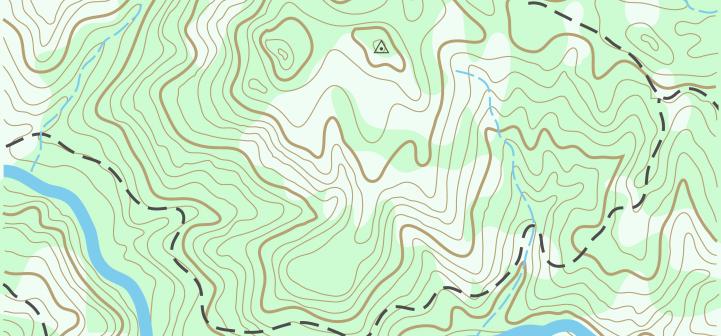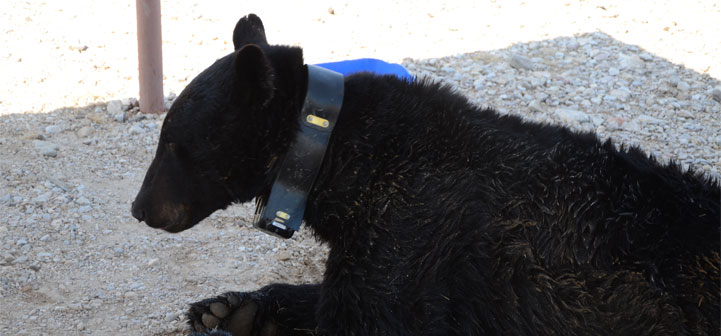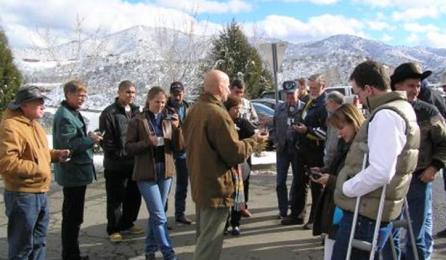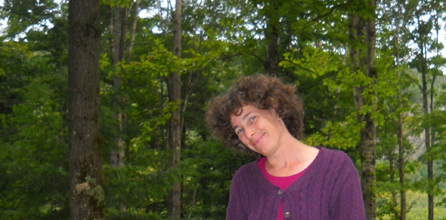 Classified tree canopy layer in the Virginia Urban Tree Canopy Mapper – http://www.utcmapper.frec.vt.edu
Classified tree canopy layer in the Virginia Urban Tree Canopy Mapper – http://www.utcmapper.frec.vt.edu
Urban forests can be defined as the sum of all woody and associated vegetation in and around dense human settlements (Miller 1997). The people living in and around urban forests receive many direct and indirect benefits, such as the cooling effect of strategically placed trees around a house or the reduced costs of storm-water management (Konijnendijk et al. 2005). In order to estimate the social and ecosystem …



 GPS collars are helping wildlife biologists understand how animals move and use the landscape. Biologists are able to capture wildlife and fit them with collars that collect GPS coordinates of their locations at preset times. Animals such as black bears can be monitored with collars, and their movements provide researchers with information on the animals’ use of habitats, activity patterns, home-range sizes, and prey use.
GPS collars are helping wildlife biologists understand how animals move and use the landscape. Biologists are able to capture wildlife and fit them with collars that collect GPS coordinates of their locations at preset times. Animals such as black bears can be monitored with collars, and their movements provide researchers with information on the animals’ use of habitats, activity patterns, home-range sizes, and prey use.




